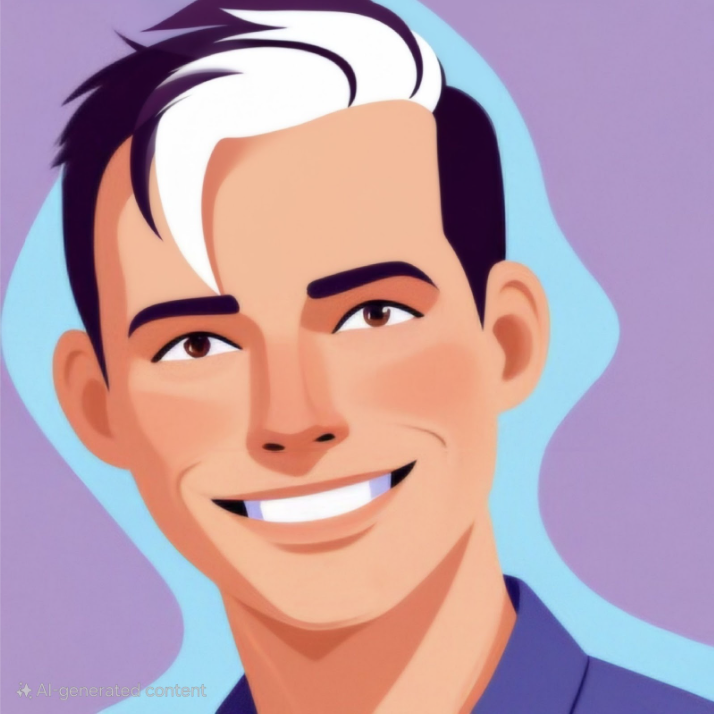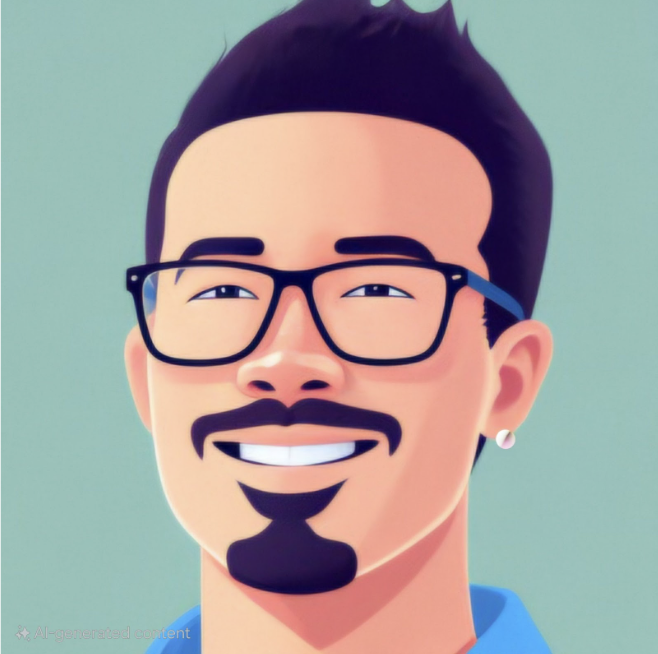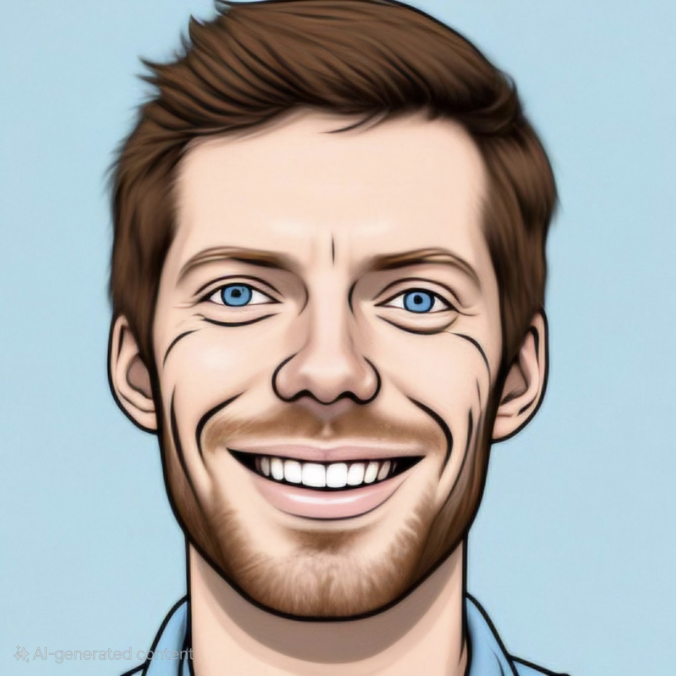This minisode was recorded in-person at the 2024 AmeriFlux Annual Meeting in Berkeley, California.
Transcript
Jess: What’s your name?
Adam: Adam Young.
Jess: Explain your research in 10 words.
Adam: I work with NEON eddy covariance towers on data optimization and data quality.
Jess: Would you say that you’re a computer scientist?
Adam: Closer to a data scientist. I do a lot of coding in R.
Jess: A lot of people are interested in learning how to code fast. Do you see this as something that everyone needs to learn how to do?
Adam: It seems to be something everyone's doing more, particularly if you want to make reproducible science. Coding seems to be the way you have to go.
Jess: How are you optimizing eddy covariance data from NEON?
Adam: We are working on ways to improve our data processing algorithms to produce higher quality data and also make it more efficient.
Jess: How do you know when data is good or not?
Adam: Lots of experience from a big team of members and also outside expertise from our technical working group.
Jess: How do you know, especially with things like methane, what is signal versus an error?
Adam: Looking very closely at the data and co-varying variables, relying on years of experience and also a big team are really smart people.
Jess: Thank you.

Jess: What's your name?
Carlos: My name is Carlos Wang.
Jess: Explain your research in 10 words.
Carlos: How lateral atmospheric processes affect surface energy balance.
Jess: (Joking) They don't.
Carlos: Well, I have a tattoo to show you they do.
Jess: That's amazing. There's a cloud - an eddy - and soundwaves.
Carlos: And water and heatwaves, moving horizontally, causing your mixing to change the entire land-atmospheric interactions. And this is what we call advection. So, if I rotate my arm, this is convection.
Jess: There is also a prism of light.
Carlos: The airflow carries the temperature or specific humidity from point A to point B. For eddy covariance, we measure an effective area. Outside that area, were not measuring those. Part of my research is to introduce that lateral component that we don't measure into our flux budget.
Jess: When I'm thinking about lateral fluxes, I’m thinking you're doing this over a river or in a canyon.
Carlos: Part of my field campaign we established was at an agricultural field in the Sacramento-San Joaquin River Delta, highlighting the different land management under climate change or water scarcity. Maybe the upland is going to be dry, or wet, because they're irrigating, or they are fallowing their field. That introduces additional properties into our field that we don't measure in a field scale or regional-scale effect.
Jess: Is your hope that the San-Joaquin Valley is going to be homogeneous?
Carlos: Our hypothesis is that it is homogeneous. It is cropland, eddy covariance should work. But if you have heard about energy balance closure, we don't close that. Part of my job is, we actually close the surface energy balance by accounting for these neglected components.
Jess: So, you have some early results, then?
Carlos: Yes, and I also published a paper if you search, how advection affects the surface energy balance”.
Jess: Your hypothesis ended up being correct?
Carlos: We saw that homogeneity, kind of like, didn't exist. Our highlight is really, “why is affection so important? With climate change, the land management is going to change as well. This is so important for agriculture in our society, especially California. How do we save water? How do we allocate water efficiently? This is where the bigger picture of this work comes in. Spatiotemporal heterogeneity is going to drive the exchanges we are now seeing – eddy covariance doesn’t measure that. Our models don’t account for that. We need to bridge the two communities together to be able to enhance our estimates.
Jess: So, are you having to filter out three-dimensional wind speeds into a single dimension?
Carlos: We convert everything into a single dimension for eddy covariance. Right now, we measure the vertical component. For me, I measure the horizontal. So, I combine these by converting them into fluxes to account for the two-dimensional budget.
Jess: That sounds like really complicated math.
Carlos: Yeah, lots of fluid mechanics. What we think about is the fundamental flow. We have the horizontal and the vertical components. We combine these terms together into a better picture of the flow.
Jess: And how do you combine those two things together?
Carlos: I'm using MATLAB and then Google Earth engines. My work combines theoretical physics into application. We use theory of fluid mechanics to set up measurements. We set up three eddy covariance towers in a field to measure lateral flow. Then, I combine the results with satellite remote setting on thermal infrared to detect what the field is experiencing and not experiencing
Jess: That reminds me of the University of Washington, I think, in their research plane they do lidar from their wingtip. They will fly back and forth over sites to try and get the wind profile. Would you ever include something like that in your work?
Note: The University of Wyoming’s King Air research aircraft, operated by the Department of Atmospheric Science, can deploy lidar to characterize cloud properties at local scales.
Carlos: That's part of the bigger work, having UAV or a flight path to better understand the transect on the regional scale, as well as modelers who have expertise in large eddy simulations and boundary layer dynamics. We need to better understand when advection happens, and what's going to happen in the field, as well as what's happening outside of the field and how does it affect the bigger picture of the surface energy balance across the Earth.
Jess: Thank you.

Jess: What's your name?
Trevor: Trevor Keenan.
Jess: How do science conferences impact your work?
Trevor: They're an amazing way to access all the exciting science that is happening in the community. There's a sort of a hive-mind function where ideas are bounced around constantly and some settle in different ways. I always come out of them with lots of new ideas. It's where I see a lot of people who are now friends, who I have only seen that these things, for many, many years. So, it's a great way to reconnect with people too.
Jess: Do you feel it's necessary to continue doing scientific conferences in modern day?
Trevor: I think it is super important because we are humans and are social animals, and to work together, I think, face-to-face is really necessary. We, as scientists, are very critical and in a hyper-critical environment you need the personal touch. Otherwise, things can just lose the human side of the work that we do.
Note: The 2024 AmeriFlux Annual Meeting offered free virtual attendance and an all-virtual poster session, which allowed those who did not attend in person for a variety of reasons (e.g., immunocompromised, disability, limited funding, parental duties, etc.) to participate in networking and group conversations.
Jess: How many projects have you developed because of ideas that came from conferences?
Trevor: Oh, good question. Yeah, I don't think I can answer that. I don't know. Ideas, they bubble up from all sorts of different ways, and connect and merge and morph. It's hard to track where they ultimately come from.
Jess: Thank you.

